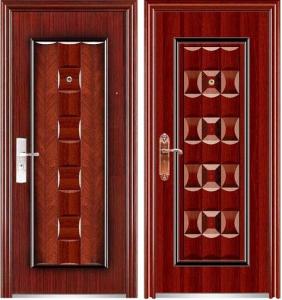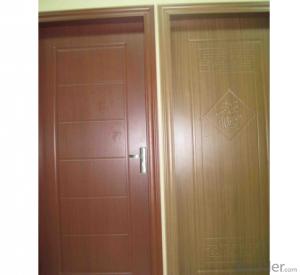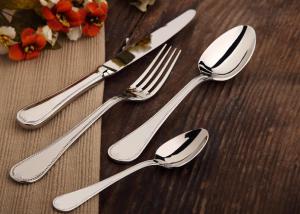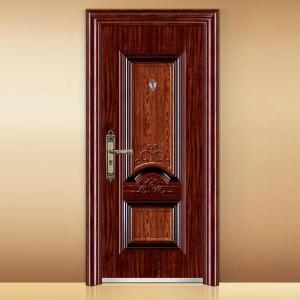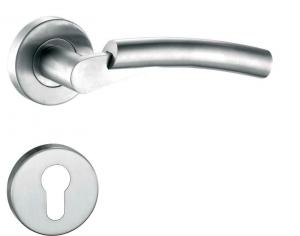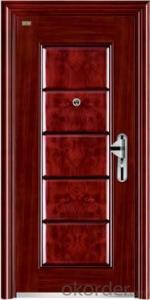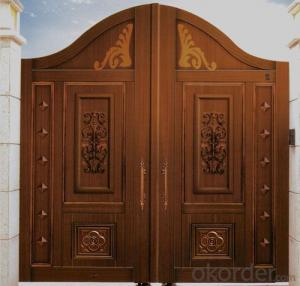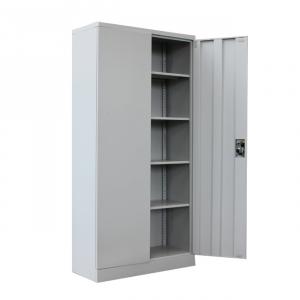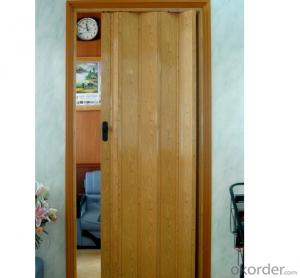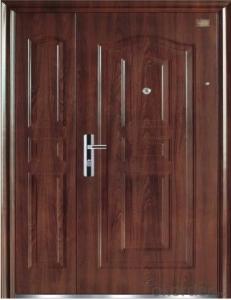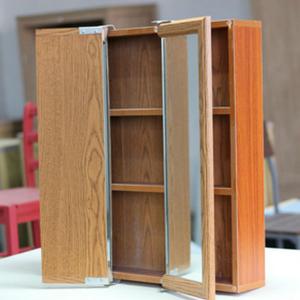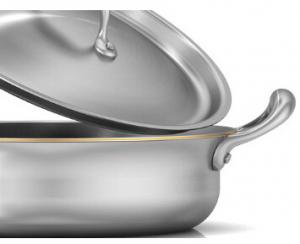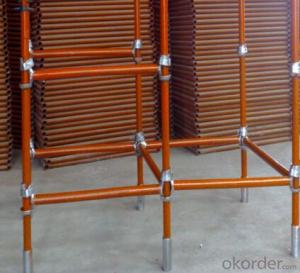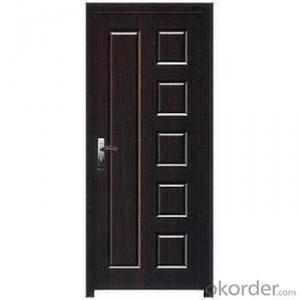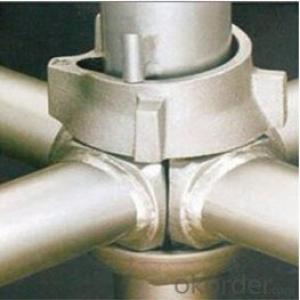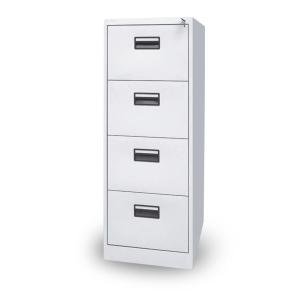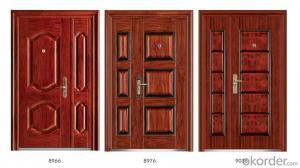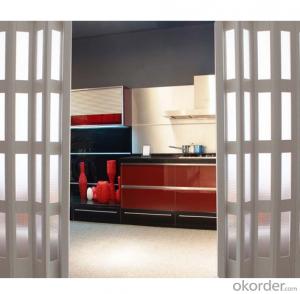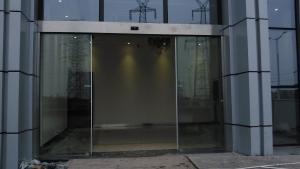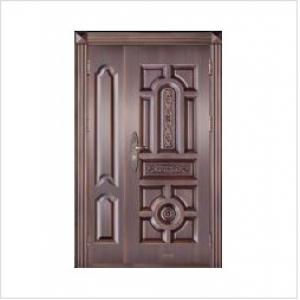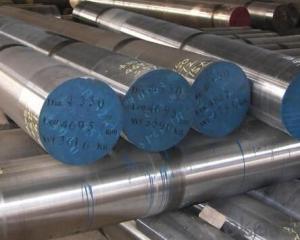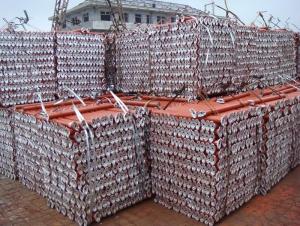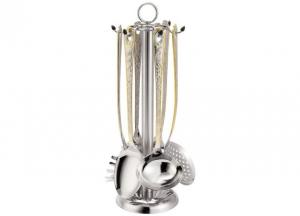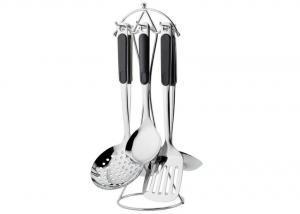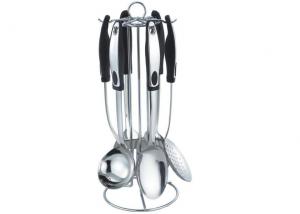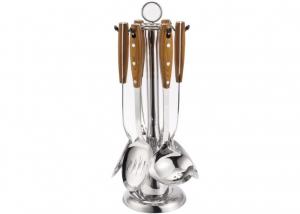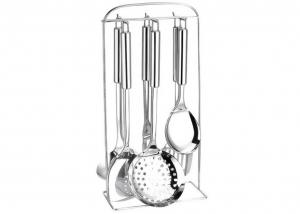Stainless Steel Cupboard Doors
Stainless Steel Cupboard Doors Related Searches
Stainless Steel Doors Stainless Steel Door Stainless Steel Access Doors Stainless Steel Access Door Stainless Steel Front Door Stainless Steel Drainboard Stainless Steel Bbq Doors Stainless Steel Pegboard Stainless Steel Counter Stools Stainless Steel Barstools Stainless Steel Door Knobs Stainless Steel Kitchens Stainless Steel Counter Tops Stainless Steel Gate Stainless Steel Dining Chairs Stainless Steel Kitchen Shelves Stainless Steel Shelves Stainless Steel Canisters Stainless Steel Counters Stainless Steel Door Hinges Stainless Steel Door Stop Stainless Steel Wall Shelves Stainless Steel Bars Stainless Steel Enclosures Stainless Steel Staircase Stainless Steel Gate Hardware Stainless Steel Running Boards Stainless Steel Curtain Rods Stainless Steel Tupperware Stainless Steel Wall GuardsStainless Steel Cupboard Doors Supplier & Manufacturer from China
Stainless Steel Cupboard Doors are a popular choice for various applications due to their durability, resistance to corrosion, and sleek appearance. These doors are made from high-quality stainless steel materials, which provide a strong and long-lasting surface that can withstand daily wear and tear. They are commonly used in commercial kitchens, restaurants, and other environments where cleanliness and hygiene are of utmost importance.Stainless Steel Cupboard Doors are widely used in both residential and commercial settings, offering a practical and stylish solution for storage and organization. In addition to their aesthetic appeal, these doors provide excellent protection against moisture, heat, and other potential hazards, making them ideal for use in high-traffic areas. They are also easy to clean and maintain, ensuring that your cupboards and cabinets remain looking their best for years to come.
Okorder.com is a leading wholesale supplier of Stainless Steel Cupboard Doors, offering a vast inventory of products to cater to the needs of various industries. With a commitment to providing high-quality products at competitive prices, Okorder.com is the go-to destination for those seeking reliable and durable Stainless Steel Cupboard Doors.
Hot Products



